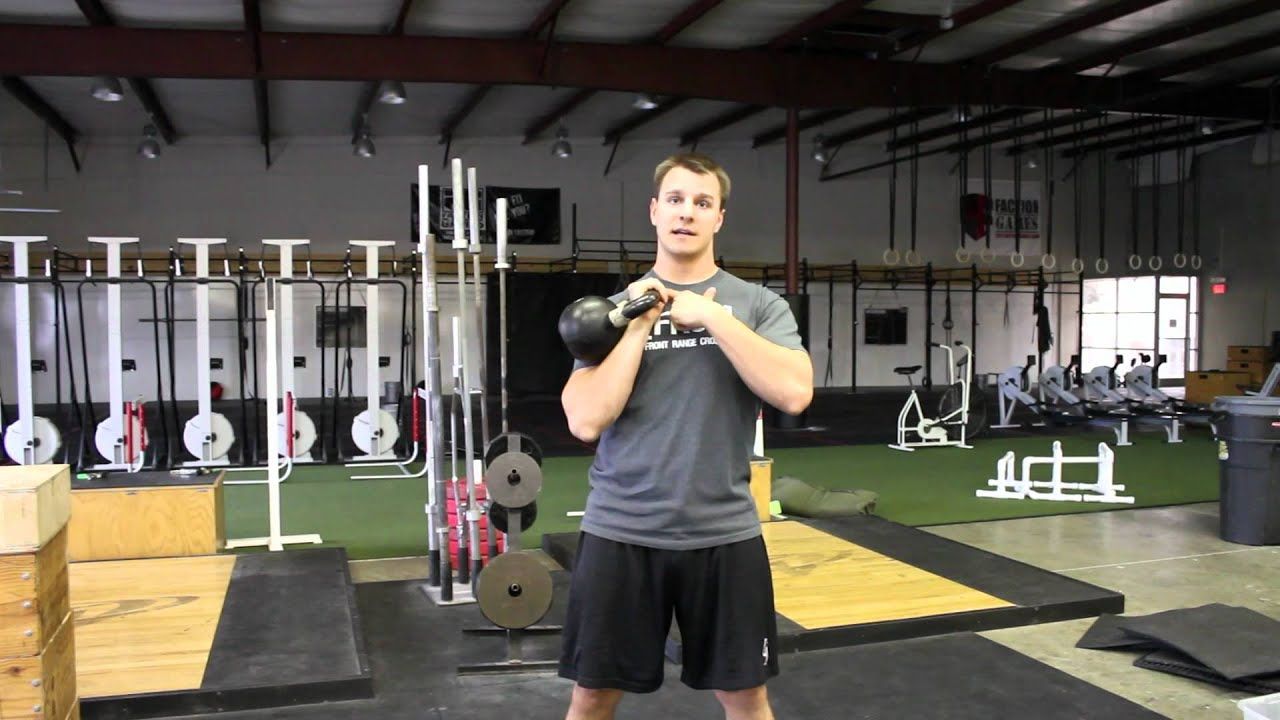When it comes to functional fitness training, kettlebells have become a popular tool for achieving a full-body workout. These weighted iron balls with handles provide a versatile and effective way to enhance strength, power, and endurance. In this article, we will delve into the fundamentals of kettlebell training, focusing on two essential movements: swings and cleans, while exploring other exercises that can further maximize your fitness journey.
1. The Mighty Swing
The kettlebell swing is considered the foundational movement in kettlebell training. It primarily targets the posterior chain, including the glutes, hamstrings, and lower back, while also engaging the core and shoulders.
To perform a proper kettlebell swing, follow these steps:
Stand with your feet shoulder-width apart, grasping the kettlebell handle with both hands between your legs.
With a slight bend in your knees and a flat back, hinge at the hips and swing the kettlebell back between your legs.
Thrust your hips forward forcefully, using your glutes and hamstrings, to propel the kettlebell up to chest level.
As you reach the top of the swing, let the kettlebell float momentarily before allowing gravity to bring it back down between your legs.
Repeat the movement in a fluid, controlled manner, focusing on generating power from your lower body.
The kettlebell swing provides numerous benefits, such as developing explosive power, improving cardiovascular fitness, and increasing overall strength. It also helps in enhancing hip mobility and reinforcing proper movement patterns.
2. Cleans for Full-Body Engagement
The clean is another fundamental kettlebell exercise that targets multiple muscle groups and enhances coordination and stability. It involves lifting the kettlebell from the ground to the racked position at the shoulder, utilizing the force generated from the hips and legs, combined with an upper body pull.
Follow these steps to perfect the kettlebell clean:
Begin with the kettlebell on the ground between your feet, assuming a similar starting position as the swing.
With a swift movement, hike the kettlebell back between your legs, just like in the swing.
As the kettlebell reaches its highest point and begins to descend, initiate a strong hip drive to bring the kettlebell upwards.
Simultaneously, pull the kettlebell towards your body, keeping it close and tight to avoid excessive strain on the forearm.
Allow the momentum to carry the kettlebell into the racked position at your shoulder, with your hand supporting its weight and your elbow tucked in.
Hold the racked position momentarily before lowering back down to the starting position, and repeat the movement.
The kettlebell clean not only strengthens the posterior chain and core but also engages muscles in the upper body, including the shoulders, biceps, and forearms. It promotes explosive power, improves grip strength, and enhances overall athleticism.
3. Expanding Your Kettlebell Repertoire
While swings and cleans are vital exercises in kettlebell training, there are various other movements that can be incorporated to diversify your workout routine:
– Turkish Get-Ups:
A complex movement that involves transitioning from lying on the ground to standing up and back down, while holding a kettlebell overhead. Turkish get-ups enhance stability, core strength, mobility, and body awareness.
– One-Arm Rows:
This exercise targets the back muscles, particularly the lats, helping to develop a strong and sculpted upper body. By stabilizing yourself with one hand and rowing the kettlebell with the other, you engage the core for added stability.
– Goblet Squats:
By holding the kettlebell against your chest with both hands, goblet squats challenge your lower body and core muscles. This movement helps in building leg strength, improving mobility and flexibility, and working on proper squat mechanics.
Incorporating these exercises, along with variations of swings and cleans, into your kettlebell training routine will provide a well-rounded workout that targets multiple muscle groups and improves overall functional fitness.
Remember, when starting kettlebell training, it is essential to start with lighter weights and focus on proper form and technique before progressing to heavier loads. Always prioritize safety and consult a fitness professional or certified kettlebell instructor if needed.
So, grab a kettlebell, master the swings, cleans, and other fundamental movements, and unlock the endless possibilities of functional fitness training with this versatile and challenging tool.
